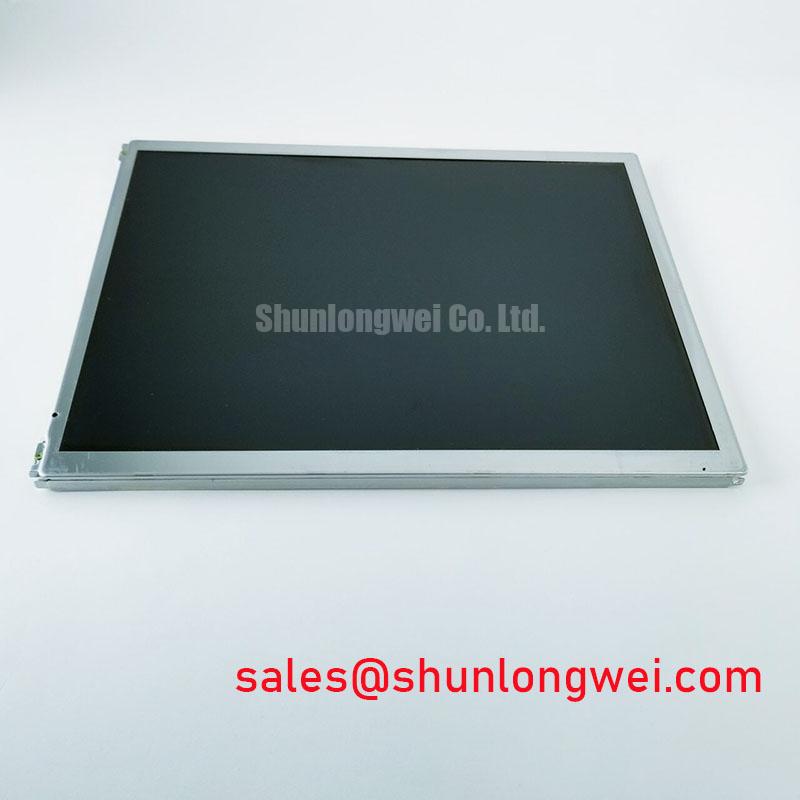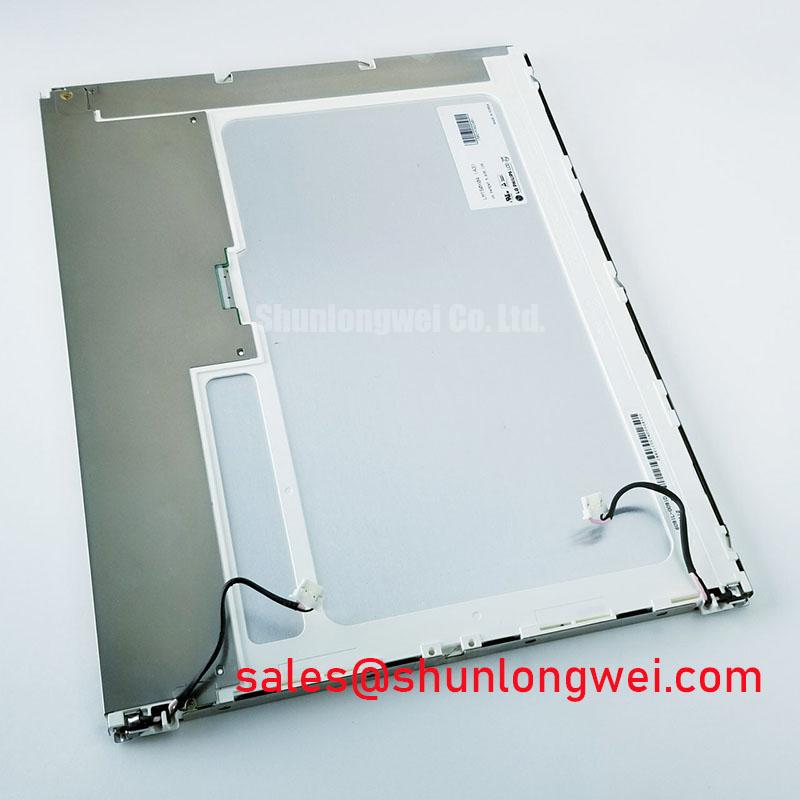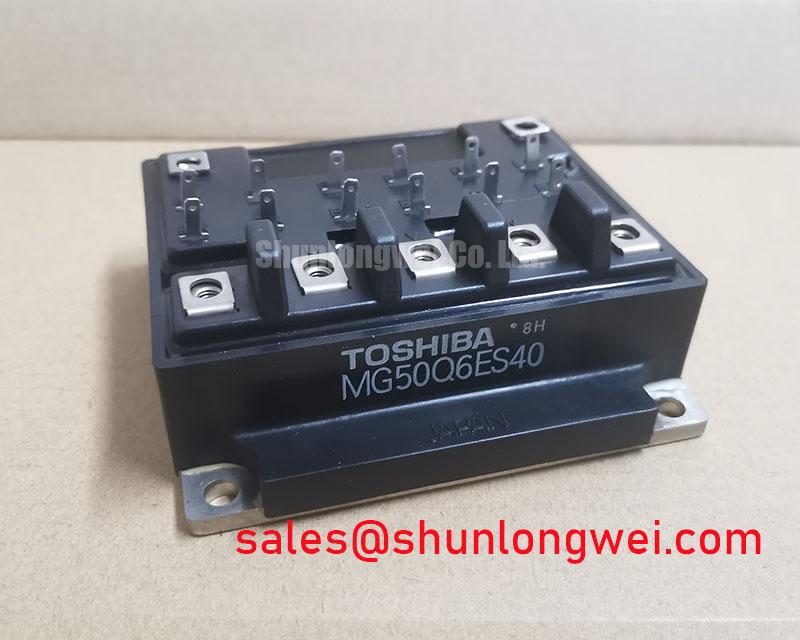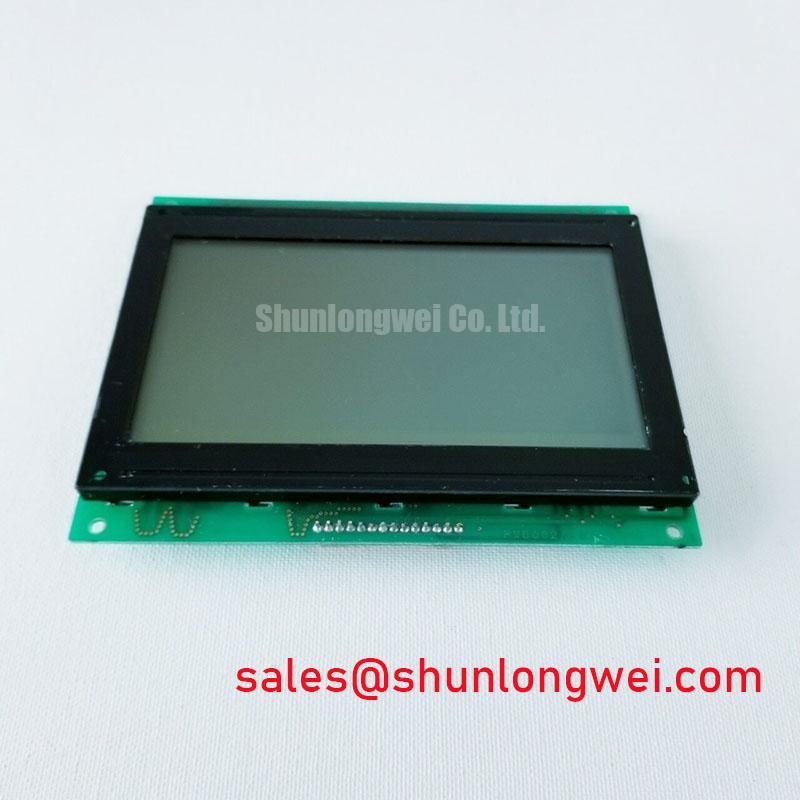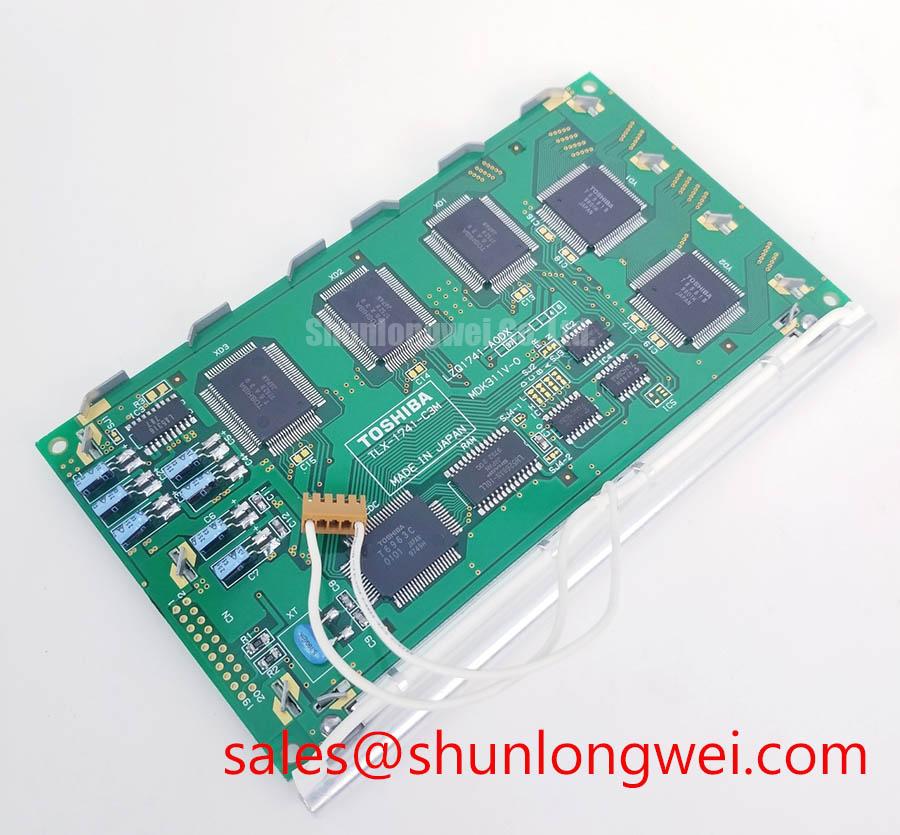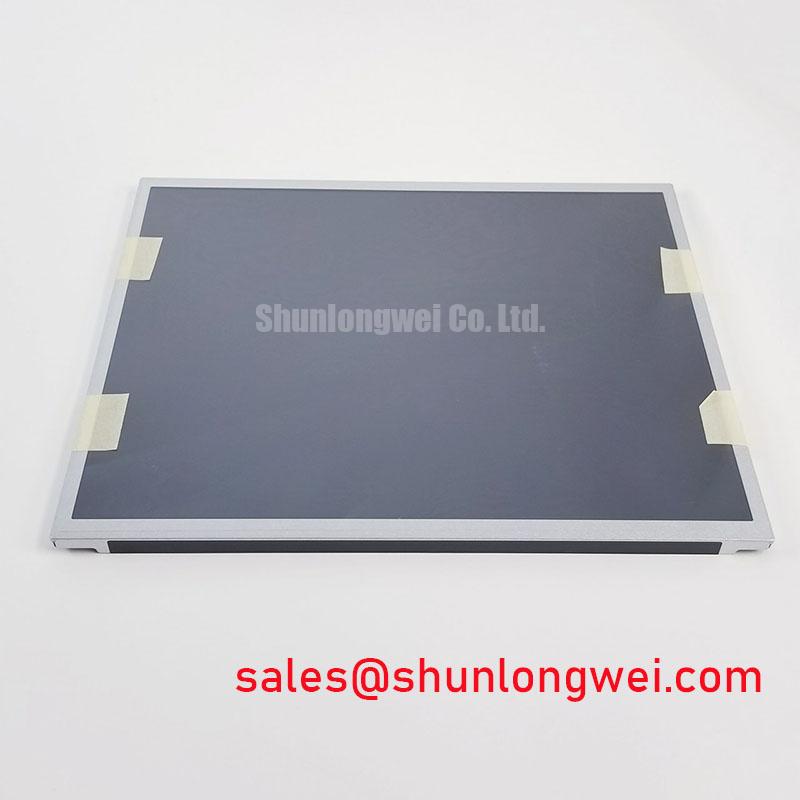LM150X04-B3: Engineering Analysis of a 15.0-inch XGA Industrial Display Module
The LM150X04-B3 is a 15.0-inch a-Si TFT-LCD module designed for robust performance in industrial applications. Engineered for seamless integration into legacy systems, this display provides a reliable XGA solution that minimizes redesign efforts and extends equipment lifespan. Key specifications include a 1024x768 resolution, a standard 6-bit single-channel LVDS interface, and CCFL backlighting. This combination ensures broad compatibility with existing industrial controllers and simplifies maintenance cycles. For engineers tasked with servicing or upgrading established HMI platforms, the LM150X04-B3 offers a direct and efficient display solution. With its standard form factor and proven interface, this module is the optimal choice for extending the operational life of industrial machinery where a complete system overhaul is impractical.
Key Parameter Overview
Decoding the Specs for Seamless System Integration
The technical specifications of the LM150X04-B3 are tailored to support straightforward integration and reliable visual performance in established industrial environments. Each parameter is chosen to align with the requirements of legacy HMI and control panel applications, ensuring both electrical compatibility and mechanical fit.
| Parameter | Specification | Engineering Value & Interpretation |
|---|---|---|
| Panel Size | 15.0 inches | A standard size for a wide range of industrial control panels, facilitating drop-in replacement for many existing units. |
| Resolution | 1024x768 (XGA) | Provides sufficient detail for typical industrial HMI graphics and data readouts without requiring high-performance graphics controllers common in modern systems. |
| Display Technology | a-Si TFT-LCD, Normally White | A mature and cost-effective technology known for its reliability in static and semi-static display applications common in industrial settings. |
| Interface Type | 1ch, 6-bit LVDS | The LVDS (Low-Voltage Differential Signaling) interface is a robust standard that minimizes electromagnetic interference (EMI). Think of it as a dedicated, multi-lane highway for video data, ensuring a clean signal from the controller to the panel, which is critical in electrically noisy industrial environments. |
| Backlight System | CCFL | A Cold Cathode Fluorescent Lamp provides illumination. This was a prevalent technology for its time, and systems designed for it have compatible power inverters and drive signals. |
| Typical Viewing Angle (H/V) | 90°/65° | Specifies the angle at which the image can be viewed without significant degradation, a key consideration for control panels that may be viewed from various operator positions. |
| Operating Temperature | 0°C to 50°C | Suitable for controlled indoor industrial environments such as factory floors and control rooms. |
Note: The parameters listed are typical values. Engineers must consult the official datasheet for comprehensive and definitive specifications.
Download the LM150X04-B3 datasheet for detailed specifications and performance curves.
Application Scenarios & Value
System-Level Benefits for Legacy Equipment Maintenance
The primary value of the LM150X04-B3 lies in its ability to extend the lifecycle of existing, high-value industrial equipment. Consider a common engineering challenge: the display on a 15-year-old CNC milling machine's control panel has failed. The machine itself is mechanically sound, and its proprietary controller functions perfectly. A full system retrofit would be prohibitively expensive and cause extensive downtime. This is precisely where the LM150X04-B3 excels.
With its standard 15.0-inch XGA form factor and ubiquitous LVDS Interface, this module serves as a near drop-in replacement. An engineer can often integrate the display without altering the system's core software or controller hardware, drastically reducing repair time and cost. The display's specifications are a match for the original equipment's requirements, ensuring that the HMI (Human Machine Interface) is restored to its original operational state with minimal engineering effort. This makes the LM150X04-B3 an indispensable component for maintenance, repair, and operations (MRO) teams tasked with ensuring the longevity of capital-intensive assets in industrial automation.
While the LM150X04-B3 is ideal for maintaining systems with CCFL backlights, for new designs or upgrades requiring higher brightness and efficiency, a panel with an LED backlight such as the G150XNE-L01 may be a relevant consideration.
Frequently Asked Questions (FAQ)
How does the single-channel, 6-bit LVDS interface of the LM150X04-B3 simplify system integration?
The use of a standard LVDS interface ensures broad compatibility with a wide range of off-the-shelf and legacy display controllers. This simplifies the electrical connection, reduces susceptibility to noise, and often eliminates the need for custom interface boards, accelerating the repair or upgrade process.
What is the significance of the 1024x768 XGA resolution for legacy industrial equipment?
XGA was a common resolution standard for industrial HMIs for many years. Using an XGA panel like the LM150X04-B3 ensures that the original graphical user interface (GUI) software will display correctly without any need for rescaling or redevelopment, which is a major cost and time saver.
What are the typical considerations when driving the CCFL backlight on this module?
The CCFL backlight requires a specific high-voltage AC inverter to operate. When replacing a panel, engineers must ensure that the existing system's inverter is compatible with the LM150X04-B3's backlight specifications, including voltage, current, and connector type, or procure a suitable matching inverter.
Is this display suitable for outdoor applications?
With an operating temperature range of 0°C to 50°C and typical brightness levels, the LM150X04-B3 is designed for indoor, controlled industrial environments. It is not specified for direct sunlight readability or the wide temperature swings associated with outdoor use.
Can the LM150X04-B3 be used as a replacement for a panel from a different manufacturer?
Yes, provided the key specifications match. Critical parameters to verify include physical dimensions, mounting hole locations, resolution, interface type (LVDS, pinout), and backlight power requirements. Always cross-reference datasheets to confirm compatibility before integration.
Application Vignette
A Deeper Look at CNC Machine HMI Restoration
An automotive parts manufacturer faced a critical line-down situation when the HMI on a legacy CNC lathe failed. The original display was obsolete, and the machine's manufacturer quoted a multi-week lead time and a high price for a complete control unit replacement. The challenge for the in-house engineering team was to find a compatible display to restore operation quickly and cost-effectively, preserving the existing PLC and control software.
The team identified the LM150X04-B3 as a viable candidate. The critical factor was its 1024x768 resolution and LVDS interface, which matched the controller's output. The physical dimensions were also a close fit for the existing bezel. Upon integration, the panel connected directly to the existing LVDS cable, and the controller recognized it without firmware changes. The team paired it with a compatible inverter for the CCFL backlight. The entire replacement was completed in under four hours, bringing the production line back online the same day.
The system-level benefit was clear: the LM150X04-B3 enabled a component-level repair that saved the company from significant financial loss due to downtime and avoided the high cost of a full system upgrade. This scenario underscores the module's value proposition not as a cutting-edge display, but as a critical problem-solver in the world of industrial display maintenance and lifecycle extension.
From an engineer's perspective, the LM150X04-B3 is a practical and reliable tool. It removes integration uncertainty when dealing with older systems, offering a predictable path to restoring functionality. Its adherence to established standards for size, resolution, and interface makes it a valuable asset for any team responsible for maintaining a fleet of aging yet essential industrial machinery.

